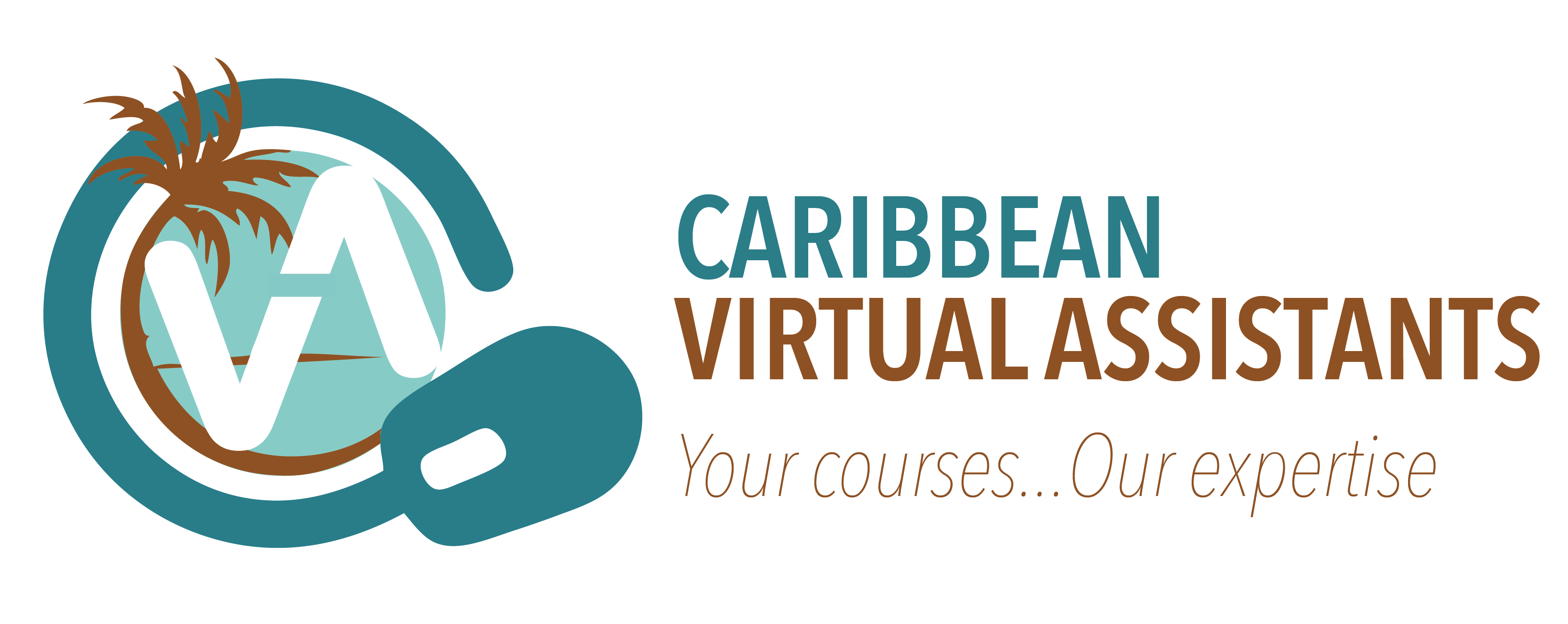Are you a passionate home cook or a professional chef with a wealth of culinary knowledge? Creating a successful cooking course can be a fantastic way to share your expertise and generate additional revenue streams. With the rise of online learning, it’s easier than ever to develop and deliver a course that will help others improve their cooking skills and expand their culinary horizons.
In this post, we’ll provide you with some tips and strategies for creating a successful cooking course, whether you’re a seasoned educator or just getting started. From defining your target audience to choosing a platform and promoting your course, we’ll cover all the key steps you need to take to create a course that will inspire and educate your students. So if you’re ready to take your cooking business to the next level, read on!
- Define your target audience: Think about who your course is for, and what level of expertise they have in cooking. Are they beginners, intermediate or advanced? What types of dishes or cuisines are they interested in learning?
- Choose a format: Consider the format for your course. Will it be a live, in-person class, an online course, or a combination of both? Will it be a one-time class or a series of classes?
- Plan your curriculum: Create a course outline that includes the topics you want to cover and the skills you want your students to learn. Be sure to consider the length of the course and the amount of time you have for each session.
- Create engaging content: Develop content that is both informative and engaging. This can include written materials, videos, and hands-on activities.
- Choose a platform: Choose a platform to host your course. This can include your own website, a learning management system, or a third-party platform like Udemy or Thinkific.
- Promote your course: Promote your course to your existing network and through social media and other marketing channels. You can also consider offering discounts or early-bird pricing to incentivize sign-ups.
- Evaluate and improve: After your course has ended, evaluate the feedback you received and make improvements as necessary. This will help you to continually improve your course and attract new students.
Final Thoughts
Creating a successful cooking course can be a rewarding and lucrative way to share your passion and expertise with others.
By following the steps outlined in this post, you can develop and deliver a course that meets the needs of your target audience, provides value, and inspires your students to become better cooks. Remember to focus on creating engaging content, choosing the right platform, and promoting your course effectively. And don’t forget to evaluate and improve your course based on feedback from your students.
You can create a successful cooking course that will help others to achieve their culinary goals while growing your business. Get started today by brainstorming your course. Your students (and your bottom line) will thank you!

Creating a Cooking Course would be fun and something my son could do in our Homeschool Cooking Class and he could teach children of all ages to cook and show them whey he loves the kitchen as well as how to stock a pantry and kitchen cabinet with utensils and things they would need.
Yes, it would be fun! He could do short videos and explain his process as he goes along. Let me know if you all give it a try.